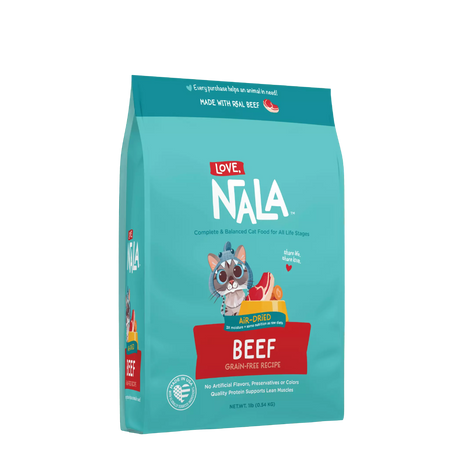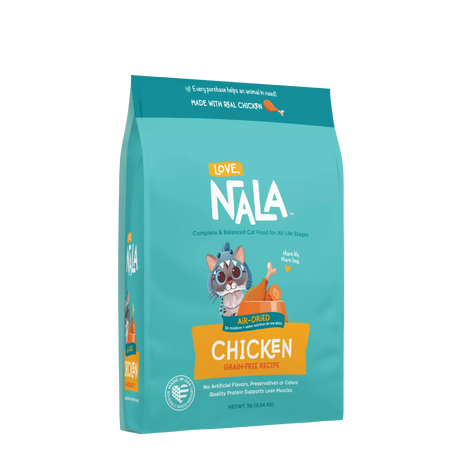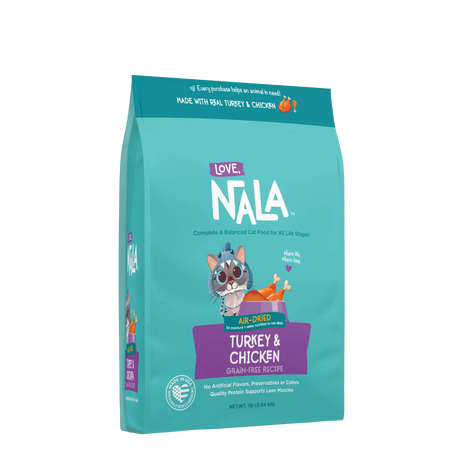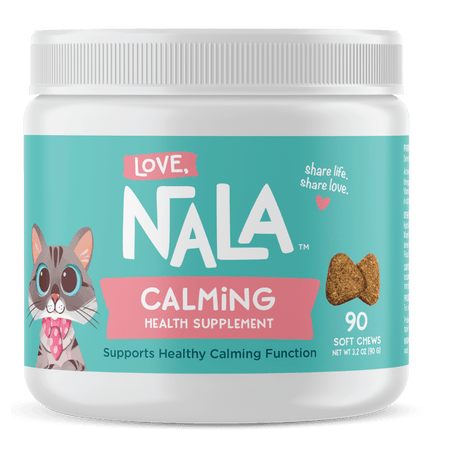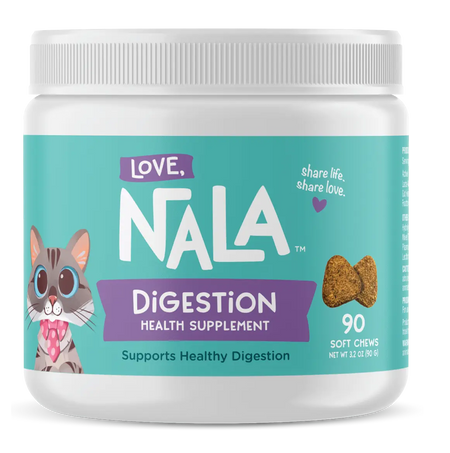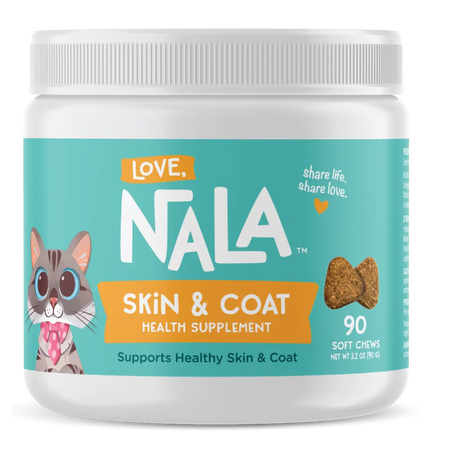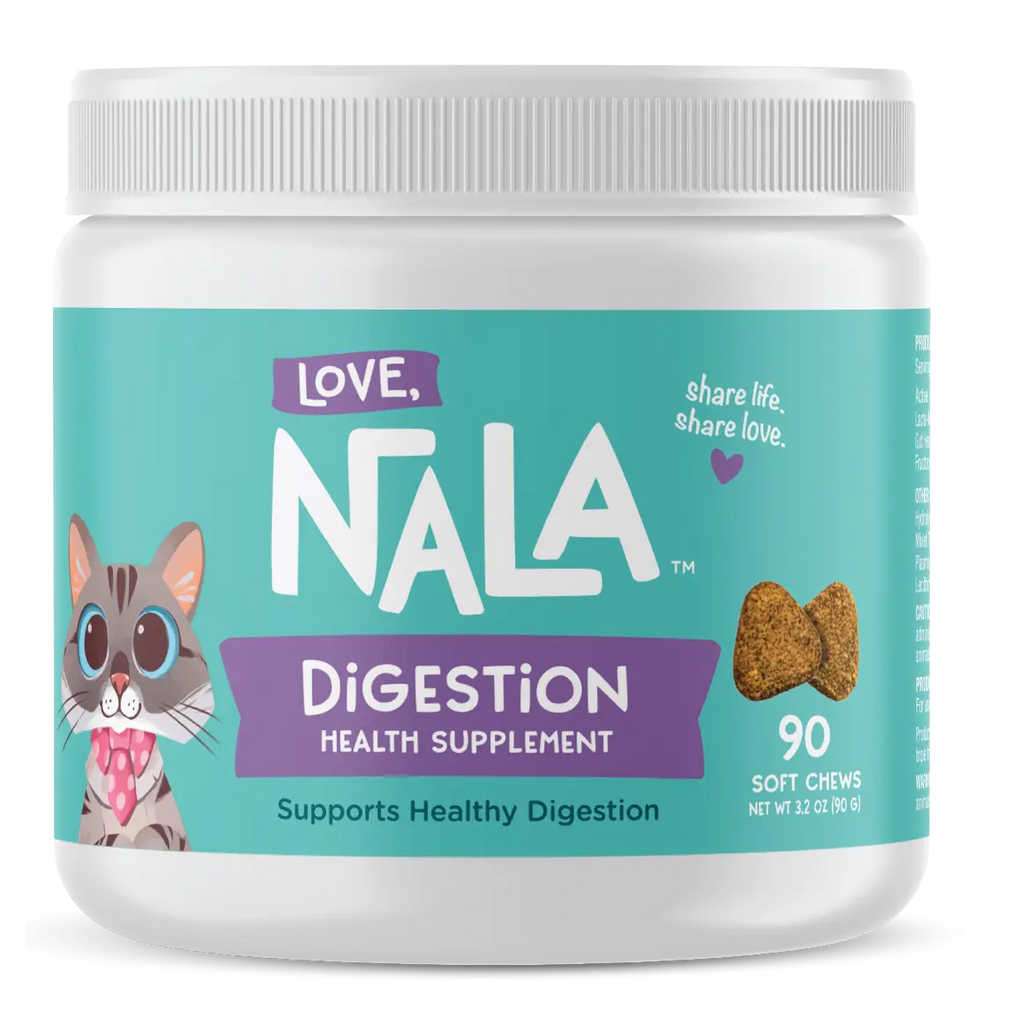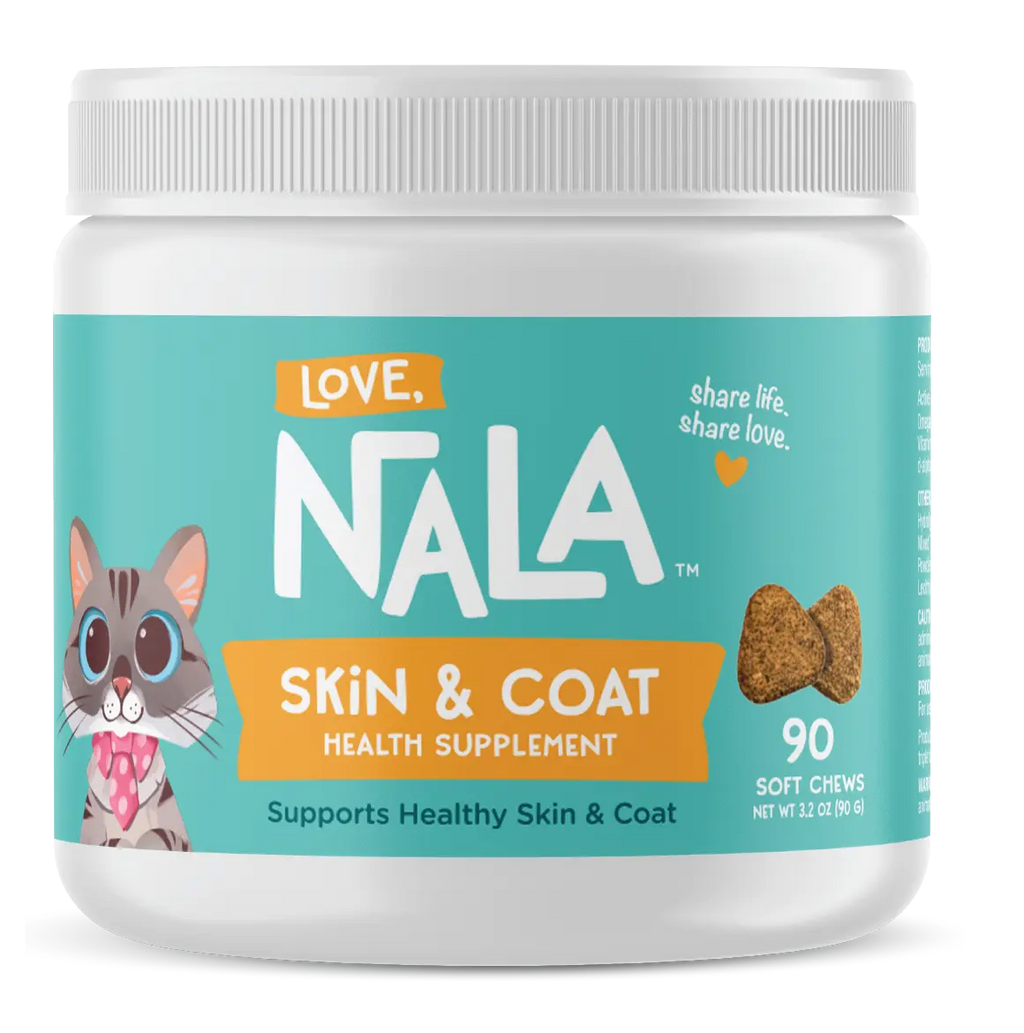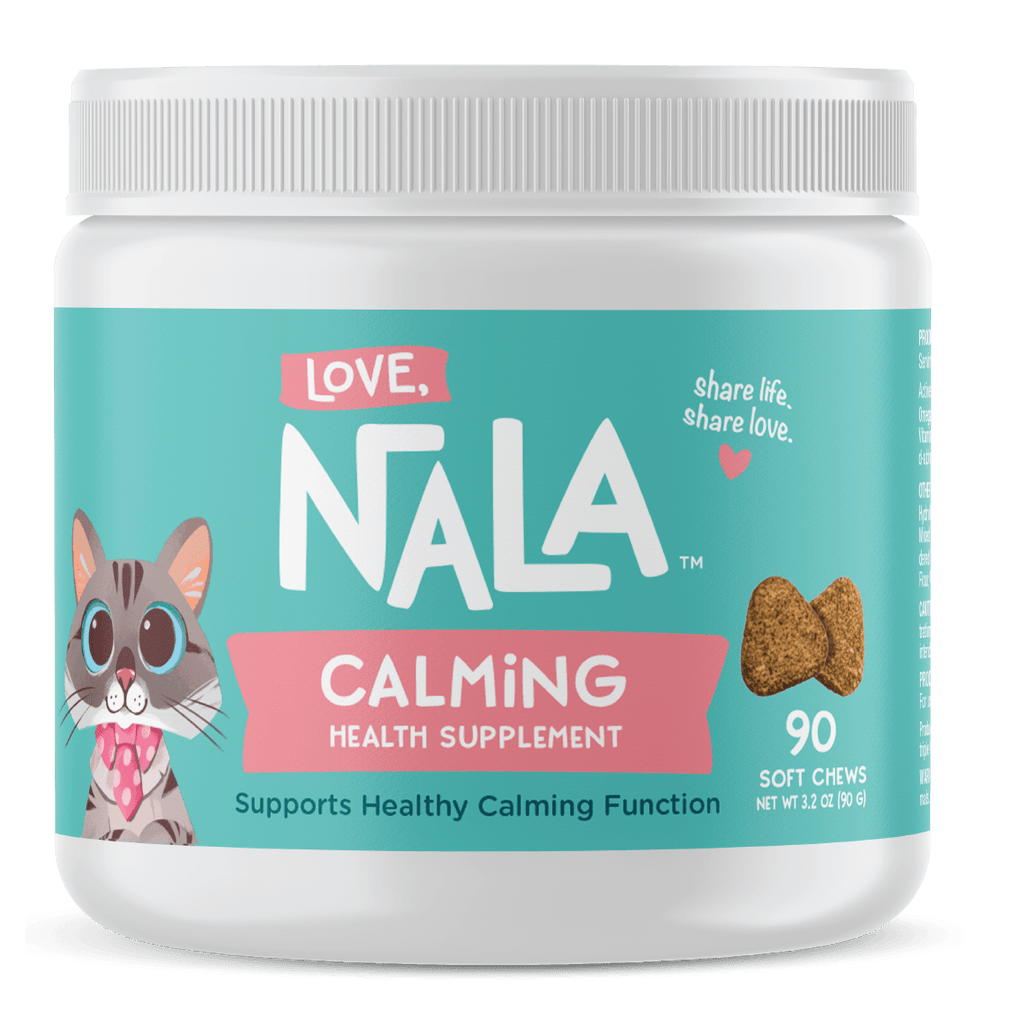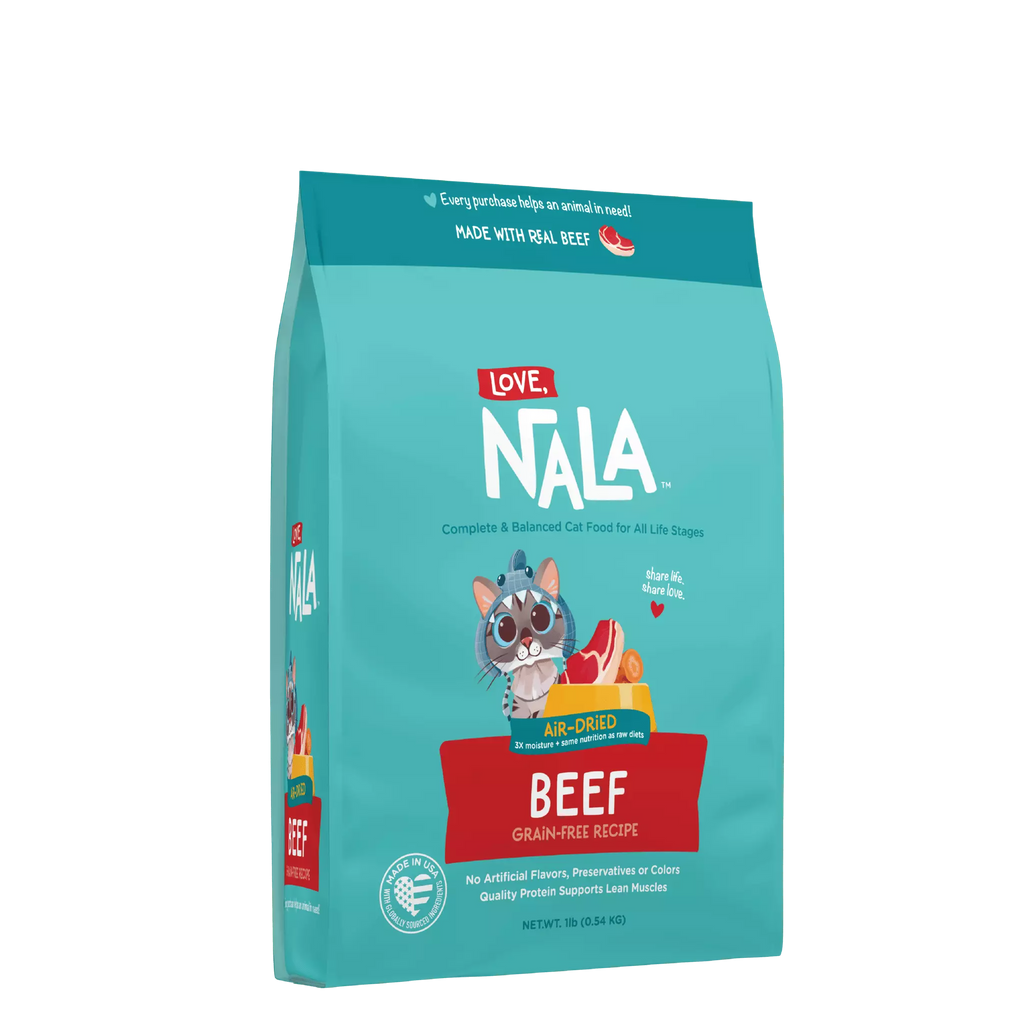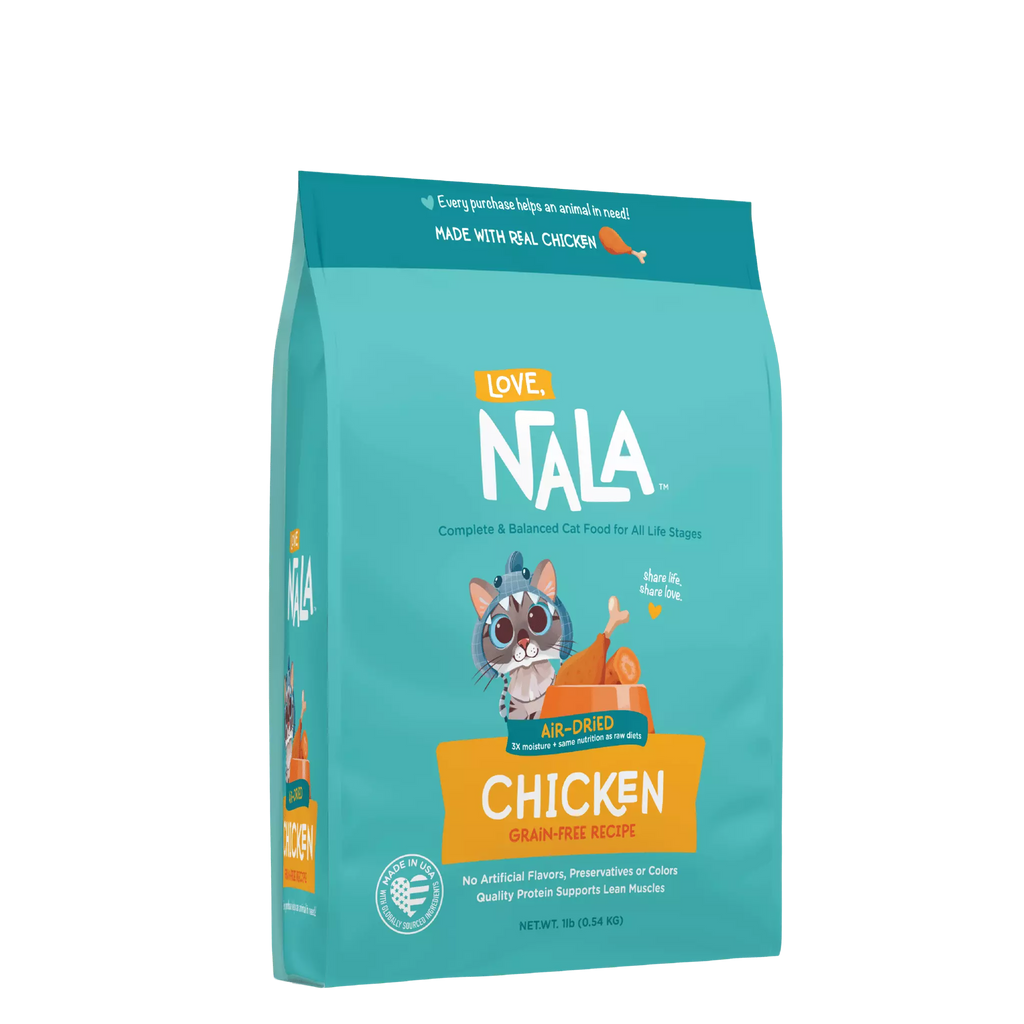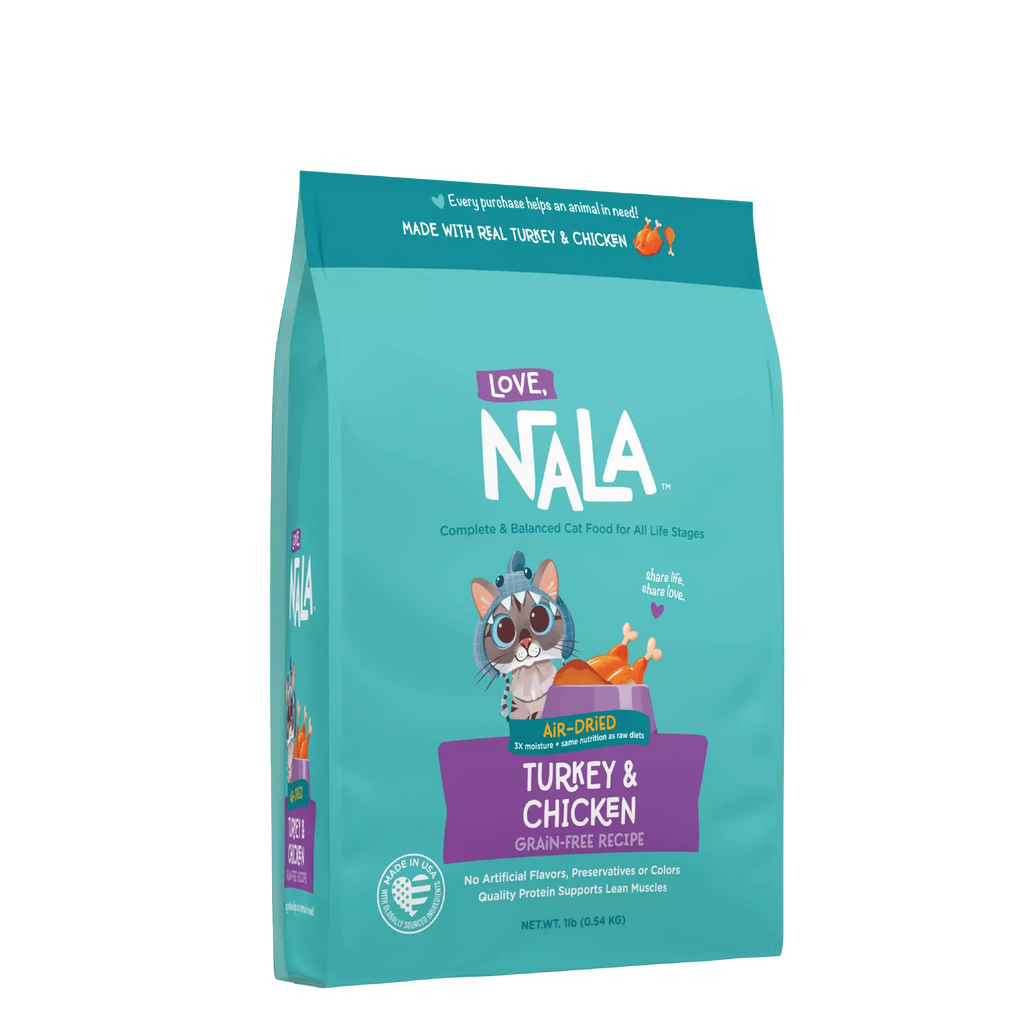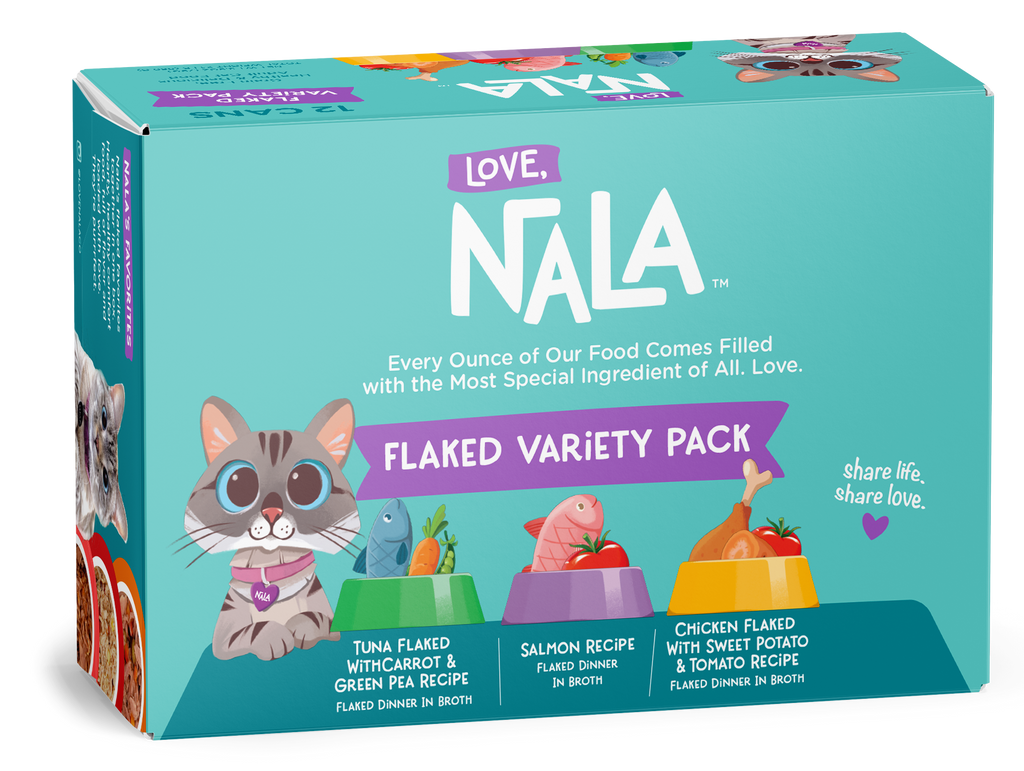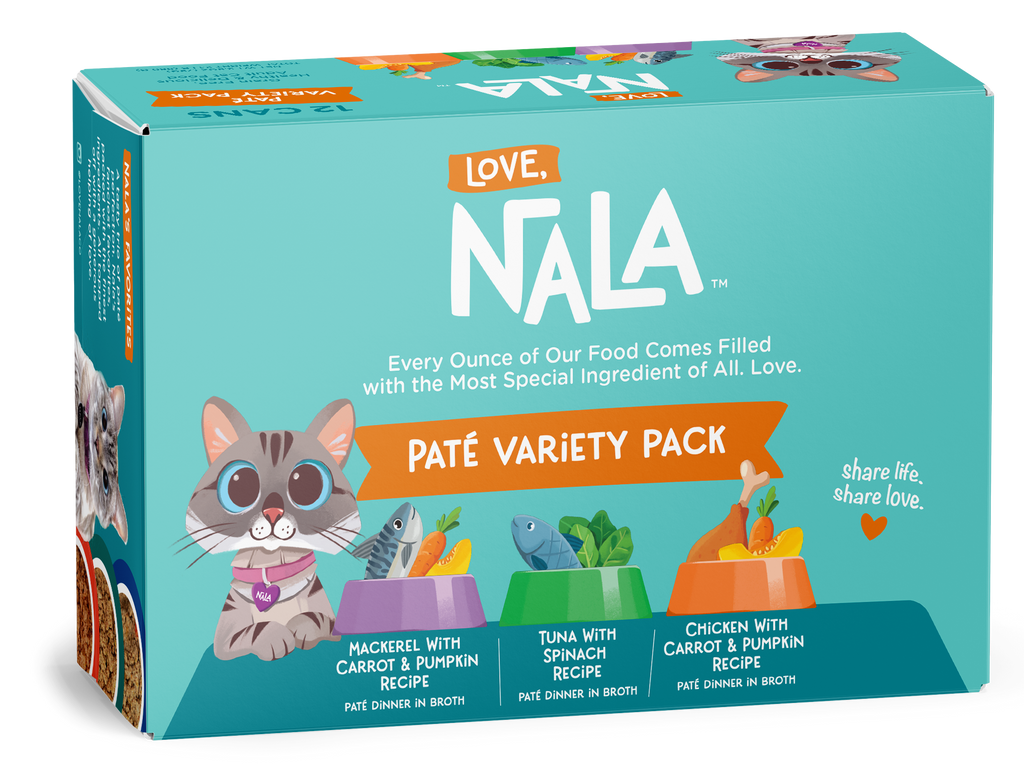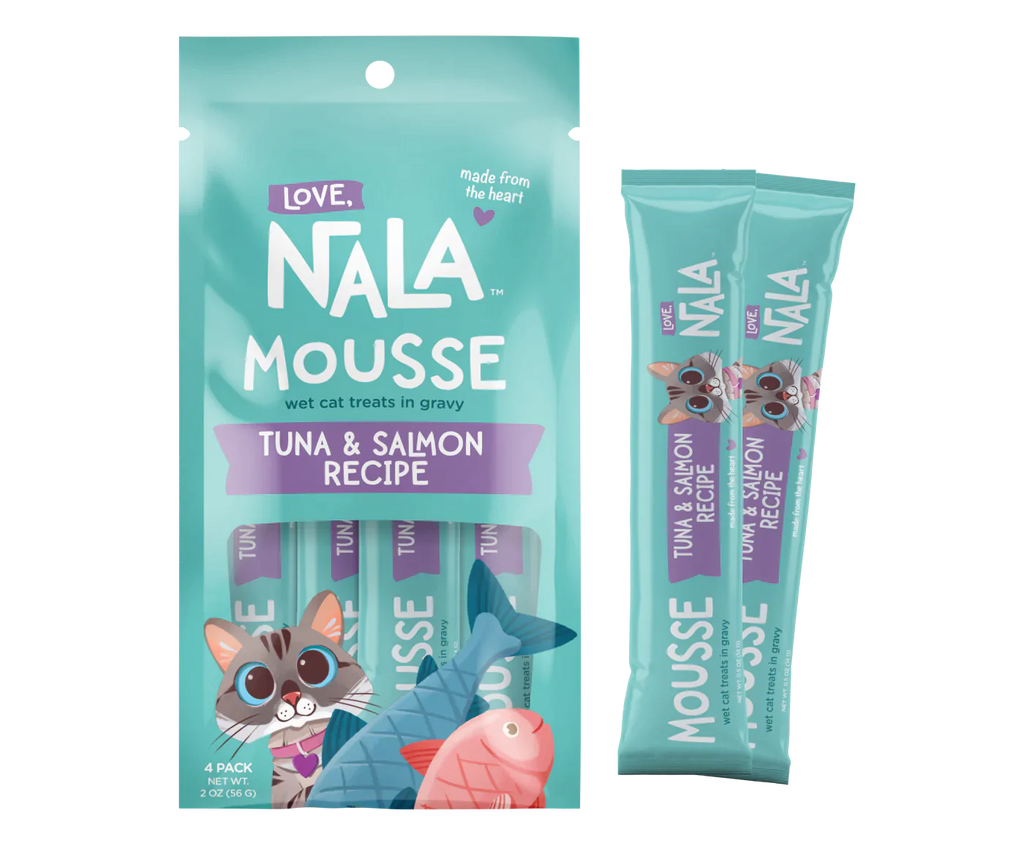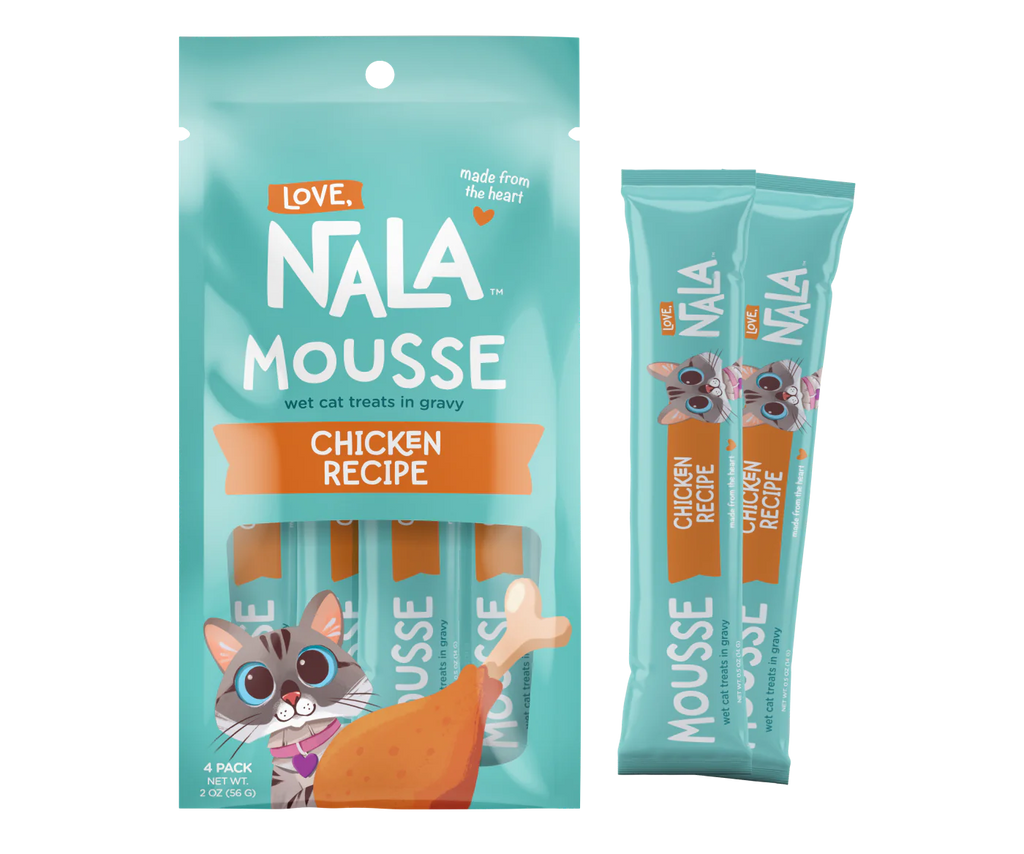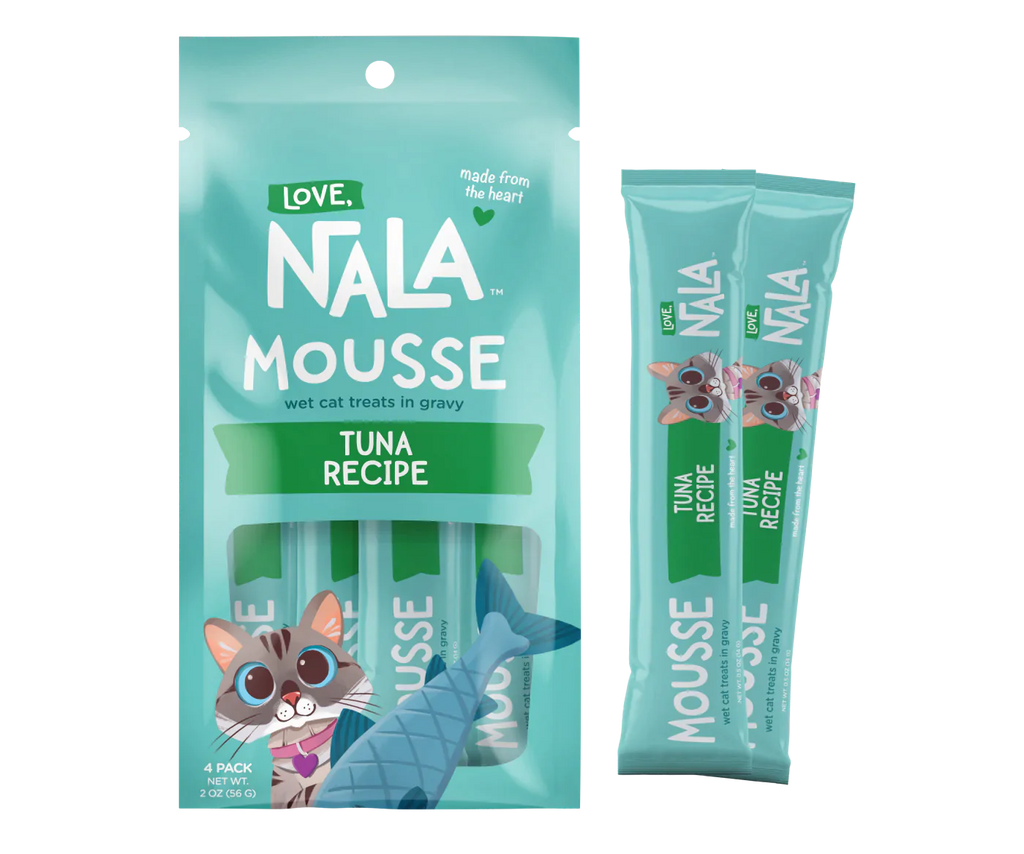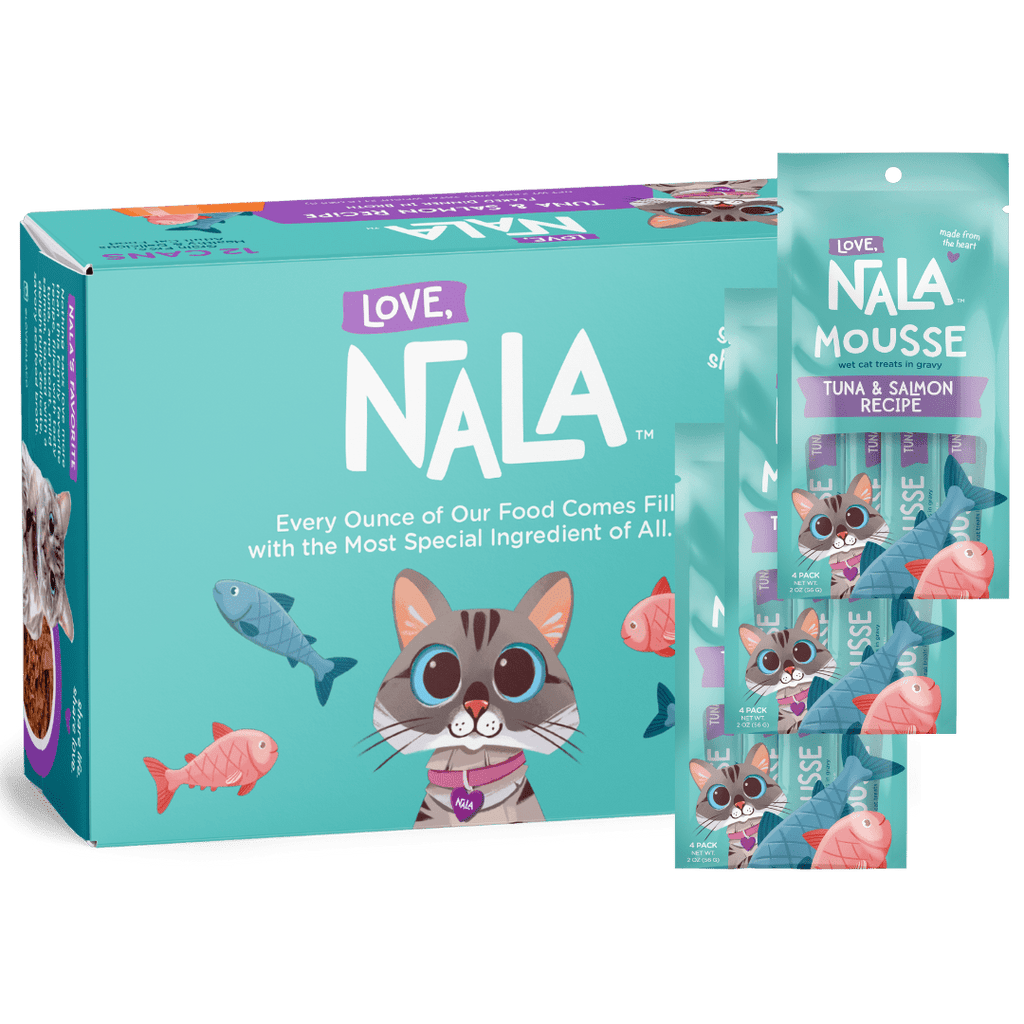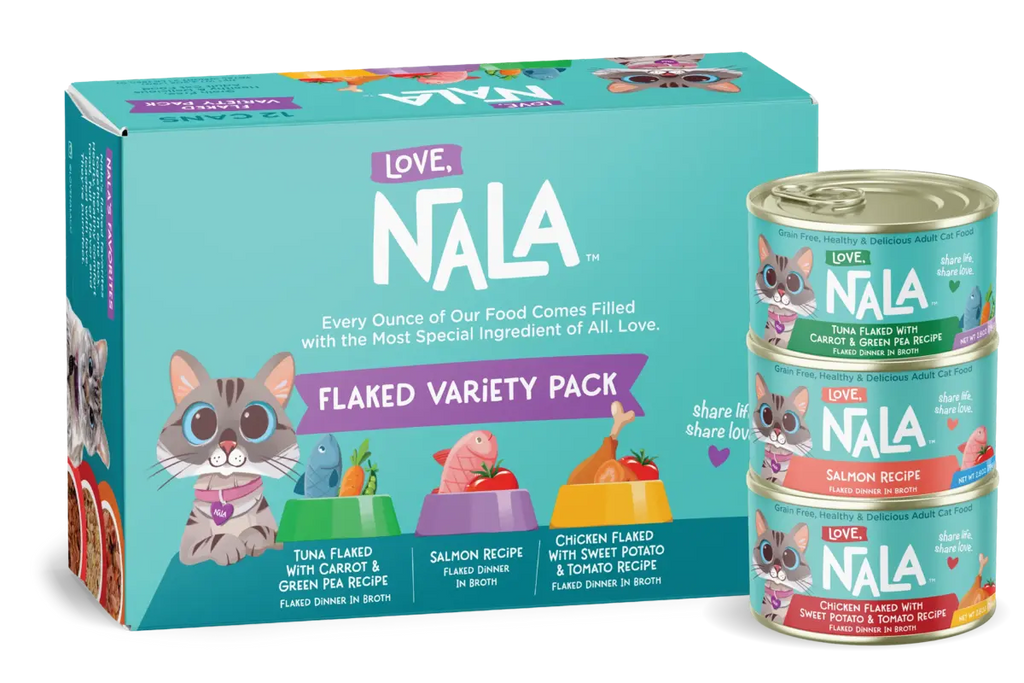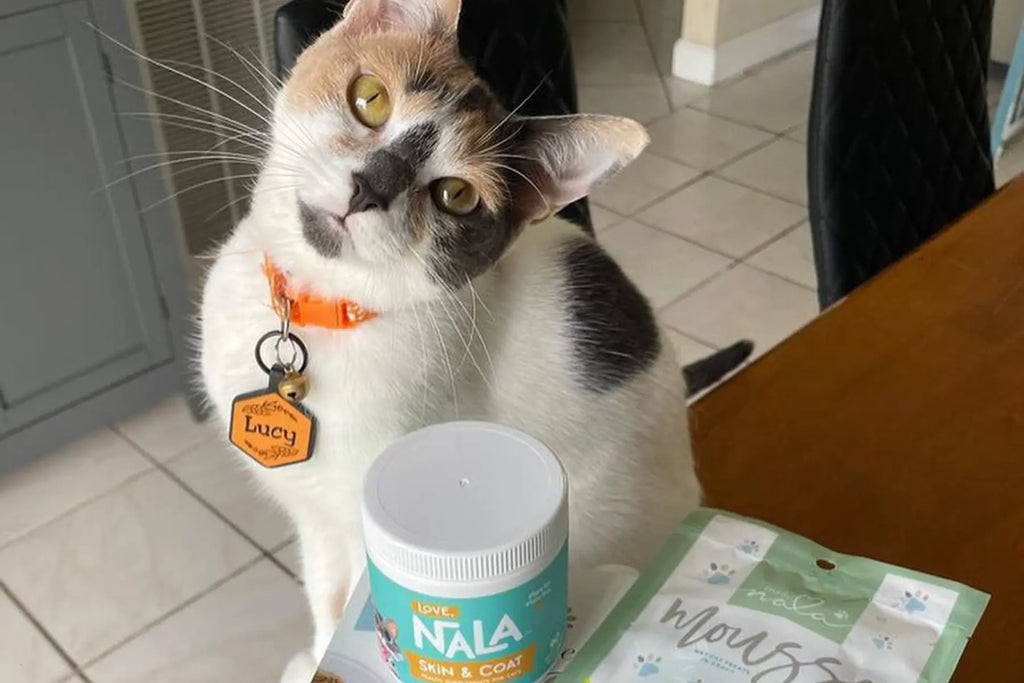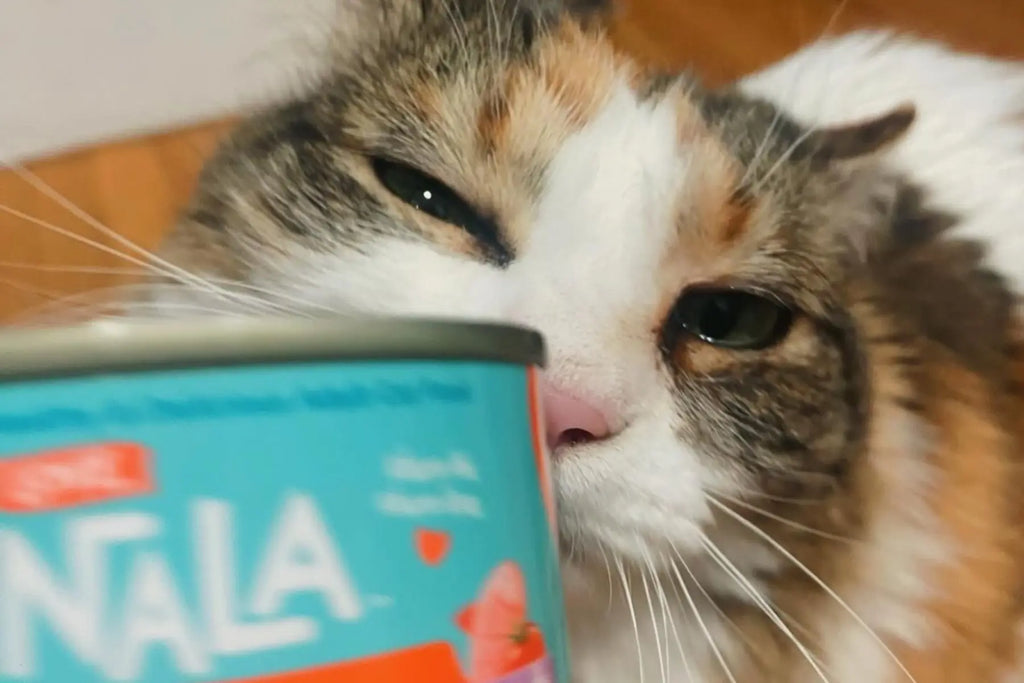When it comes to the health and vitality of our feline companions, few aspects are as crucial as their diet. Just like humans, cats require a balanced intake of nutrients, proteins, fats, and carbohydrates to thrive. However, their specific dietary needs are unique and can vary greatly from our own. This makes understanding the best diets for cats not just beneficial but necessary for their well-being.
The market is saturated with an array of cat diet recommendations, each claiming to be the best. From commercial kibble to gourmet wet foods, the options can be overwhelming. However, not all diets are created equal, and the importance of selecting the right one cannot be overstated. A cat's health, happiness, and longevity depend significantly on what they eat.
This blog aims to serve as a comprehensive guide to help you navigate the complex world of feline feeding strategies. With a focus on age-specific cat diets, weight management for cats, and even special needs cat diets, we’ll cover a spectrum of options to aid you in making informed nutrition choices for your furry friend.
Commercial Cat Food Diets
Offering ease and peace of mind, commercial cat foods are formulated to meet the general nutritional needs of felines. Many pet parents opt for these diets due to their widespread availability and the fact that they're designed to be complete and balanced. They take the guesswork out of cat food planning, ensuring that even the busiest cat owners can provide their pets with essential vitamins and minerals.
Exploring the shelves of pet stores, one will find an array of commercial diets including dry, wet, and semi-moist options. Each type caters to different preferences and health requirements. Some cats may thrive on dry kibble due to its dental benefits, while others may need the additional moisture from wet foods. Furthermore, there are specialized diets targeting specific issues such as weight management for cats or hairball control, which are formulated to address these concerns directly.
Not all commercial diets are created equal. It’s vital to assess the quality by scrutinizing ingredient lists and understanding the nutritional value they offer. A high-quality commercial diet should list a specific type of meat as the first ingredient and avoid unnecessary fillers. Selecting reputable brands that have undergone rigorous quality control tests is also crucial for ensuring your cat is receiving the best possible nutrition.
Homemade Cat Diets
Creating homemade cat diet plans can be a rewarding way to cater to your cat's nutritional needs, especially if they have specific dietary sensitivities or allergies. By preparing food yourself, you can avoid the allergens and additives that might affect your cat and ensure the use of high-quality, fresh ingredients. Pet owners have noted improvements in their cat's coat, skin health, energy levels, and digestion when switching to homemade meals. Moreover, if your cat is finicky or unwell, they might be more inclined to eat a diet made at home that's tailored to their taste3.
However, deciding to prepare your cat's meals at home comes with considerable responsibility. Achieving the correct nutritional balance is crucial, as cats have specific needs that can be difficult to meet without proper knowledge. A study highlighted that many homemade recipes might not be nutritionally adequate, potentially leading to nutrient excesses or deficiencies3. To avoid these pitfalls, it's important to use recipes formulated by certified veterinary nutritionists that account for your cat's age, weight, and health status3.
If you're committed to preparing a homemade cat diet, it's essential to follow vet-approved recipes without any modifications to ensure all nutritional requirements are met. Even small changes can lead to significant nutrient imbalances4. Additionally, supplements are almost always necessary to provide a complete and balanced diet, and reputable sources will guide the correct amounts to add to the homemade mix3. Keep in mind, that crafting a homemade diet requires time and financial commitment, but batch cooking and proper storage can streamline the process3.
Raw Feeding Diets
The principle of raw feeding is based on mimicking a cat's natural diet in the wild. Proponents argue that a raw feeding diet can deliver living nutrients, enzymes, calcium, and unsaturated fatty acids, potentially enhancing a cat's overall health. Such a diet might include raw muscle meat, organ meat, and ground bones, which are believed to aid in weight management, improve dental health, boost coat quality, and increase energy levels1 2.
However, alongside the touted benefits, raw diets carry significant risks, particularly when prepared at home without expert guidance. Bacterial contamination from pathogens like Salmonella or E. coli is a primary concern, along with the possibility of nutritional imbalance if the diet isn't properly formulated. Additionally, physical hazards such as bone fragments can pose a threat if not properly managed1.
To mitigate these risks, it’s crucial to consult with a veterinarian—preferably one knowledgeable about raw diets—and strictly adhere to guidelines for safe handling and preparation. It’s also important to recognize that while raw diets are suggested to help in disease prevention and management, like diabetes and urinary tract problems, these claims should be balanced with an understanding of the potential health risks associated with raw feeding3. Furthermore, ensuring that the diet is complete and balanced for all life stages according to AAFCO (Association of American Feed Control Officials) standards is essential for your cat's health.
Grain-Free and Special Diets
The trend of grain-free diets for cats stems from the belief that grains are not a natural part of a feline's diet and that cats may be better off without them. Such diets focus on high protein content and often use alternative carbohydrate sources like sweet potatoes or peas. While some cat owners report improved digestion and energy levels in their pets, it's important to evaluate whether a grain-free diet is necessary for your cat, as not all felines require it. Always consider your cat's individual health needs and consult with a veterinarian to determine if grain-free is the right choice.
For cats with health issues, special needs cat diets can be critical. These prescription diets are formulated to address specific medical conditions, such as kidney disease, urinary crystals, or thyroid problems. They are usually designed to manage symptoms and provide therapeutic levels of certain nutrients while avoiding those that may exacerbate the condition. Such diets should only be used under veterinary supervision to ensure they are having the intended effect and not causing unintended consequences.
In addition to grain-free and prescription diets, there is a range of other specialized diets that cater to unique nutritional needs. High-protein, low-carb diets may benefit cats with diabetes, as they mimic the natural macronutrient ratios a cat would consume in the wild. Novel protein and hypoallergenic diets are available for felines with food sensitivities or allergies. These diets use protein sources that the cat has not been exposed to before, reducing the likelihood of an allergic reaction. When considering such diets, it's important to do so under veterinary guidance to ensure they are tailored to your cat's specific needs.
Age-Specific Cat Diets
Kitten Diets
For the youngest feline members, kitten diets are designed to support rapid growth and development. These formulations are rich in proteins and fats to fuel their energy needs and to build muscle, organ tissue, and a strong immune system. The inclusion of DHA is important for brain and vision development. When selecting a diet for a kitten, it's essential to look for those that meet the AAFCO nutrient profiles for growth and reproduction or are labeled as appropriate for all life stages.
Adult Cat Diets
As cats mature, their dietary needs shift. Adult cat diets are formulated to maintain a healthy weight and support overall health. These maintenance diets usually contain a balanced mix of nutrients suitable for cats with moderate energy needs. Factors like the cat's lifestyle (indoor vs. outdoor), activity level, and individual metabolism can influence the type of adult diet that's best. Some may benefit from a diet with higher fiber content for weight control, while active cats may require a diet with more protein.
Senior Cat Diets
When cats reach their senior years, their metabolism slows down, and they may become less active. Senior cat diets are generally lower in calories but still provide adequate protein to maintain muscle mass. They also often include supplements such as glucosamine for joint health and antioxidants to support cognitive function. It's important to adjust the diet gradually and monitor the cat's weight and overall health regularly, as older cats may have a harder time absorbing nutrients.
Navigating the multitude of cat nutrition options can be daunting, but the key lies in striking a balance between the cat's individual needs and the benefits and limitations of each diet type. Whether it's commercial, homemade, raw, grain-free, specialized, or age-specific cat diets, the goal is to support optimal health through nutritionally sound choices. It's important to weigh factors like a cat's life stage, activity level, and health status when selecting a diet, and to be open to adjustments as these factors change over time.
Ultimately, the best approach to feline diet selection is an informed one, fostered by open communication with a veterinarian. By adopting a well-informed approach to tailored cat nutrition schedules, cat owners can ensure their pets enjoy a varied and balanced diet that promotes a long and healthy life. It's not about finding a one-size-fits-all solution, but rather about understanding and meeting the unique nutritional requirements of each cat.
